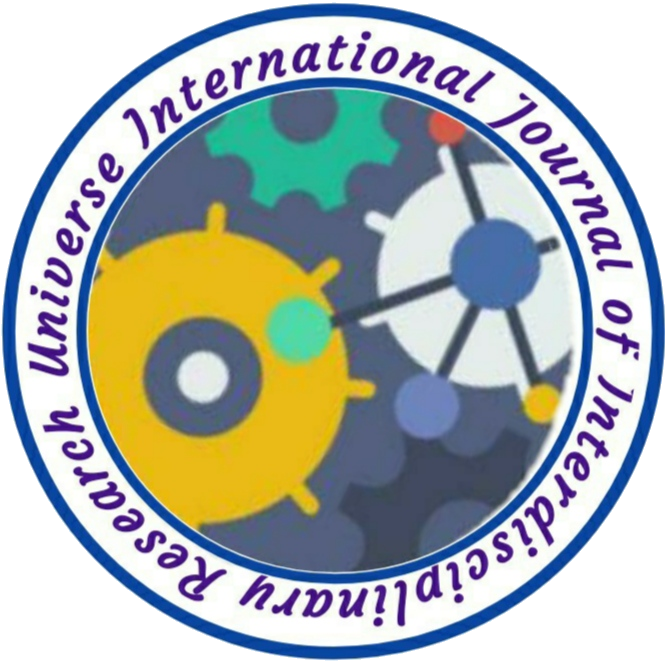A CROSS-SECTIONAL STUDY TO ASSESS THE KNOWLEDGE REGARDING RISK FACTORS AND WARNING SIGNS OF STROKE AMONG PATIENTS WITH HYPERTENSION ATTENDING ADULT INPATIENT AND OUTPATIENT DEPARTMENTS OF A SELECTED TERTIARY CARE HOSPITAL IN WESTERN MAHARASHTRA WITH A VIEW TO DEVELOP AN INFORMATION MATERIAL
Author Name: 1. Lt Col Dhanya M Nair, 2. Lt Col Priya Nair
Volume/Issue: 05/08
Country: India
DOI NO.: 08.2020-25662434 DOI Link: https://doi-ds.org/doilink/01.2025-25919864/UIJIR
Affiliation:
- Assistant Professor, College of Nursing, Command Hospital Airforce, Bangalore, India.
- Associate Professor, College of Nursing, Command Hospital Airforce, Bangalore, India.
ABSTRACT
Background: Stroke is the most devastating of all the neurological disorders and is the second leading cause of death worldwide. Hypertension is the most important modifiable risk factor for stroke .There is a need to study the knowledge and level of awareness about the early warning signs of stroke especially among the high risk group of people . Material and methods: This was a cross sectional study conducted on 303 hypertensive patients attending the inpatient and outpatient departments of a tertiary care hospital in Western Maharashtra. A self structured questionnaire has been used to collect data about patient’s characteristics and knowledge regarding risk factors and warning signs of stroke. Convenient sampling was used to select the samples based on the inclusion and exclusion criteria. Data was analyzed through SPSS 23 and descriptive statistics (frequency, percentage and mean) and inferential statistics(F test and Mann Whitney test) were used .The figure of p<0.05 was considered as statistically significant. Results : Out of the 303 participants evaluated, 92 (30.4%) were in the 51–60 years age group, 221 (72.9%) were male, and 278 (91.7%) were married. Regarding knowledge of stroke risk factors, 100 (33.01%) demonstrated good knowledge, 135 (44.5%) had average knowledge, and 68 (22.44%) exhibited poor knowledge. As for knowledge of stroke warning signs, 127 (41.91%) had good knowledge, 160 (52.8%) had average knowledge, and 16 (5.28%) had poor knowledge. A statistically significant association was found between knowledge levels and factors such as age, gender, educational qualification, occupation, monthly income, regular exercise habits, and dietary modifications. Conclusion :Lacunae still exists amongst hypertensive patients on knowledge regarding risk factors and warning signs of stroke
Key words: Stroke, Risk Factors, Warning Signs, Hypertension, Knowledge

No comment